
Hold the alarm! SEO content production best practices are still important. They’ve just shifted a tad.
AI-driven search now decides a lot about who sees your content. Google’s AI Overviews and tools like ChatGPT pull answers straight from it, such as definitions, quick tips, or step-by-step guides, often before someone even visits your site.
At the same time, readers have less patience. They want clear answers and proof that you know your industry. (So search engine standards have tightened to match.)
It’s time to adapt. Going forward, your writing needs to work for both people and machines.
Let’s take a look at what’s most important to know right now about SEO content production and what to do about it.
Not long ago, an SEO checklist might’ve included finding the right keywords, sprinkling them into your page, and building backlinks. This strategy still plays an integral role in SEO, but it’s no longer the star.
Today, search engines care about intent and experience — what the searcher really wants and how well you deliver it.
➜ AI-powered search tools (answer engines and generative engines) are a big reason why.
Platforms like Google AI Overviews summarize results so well that users sometimes never click a link.
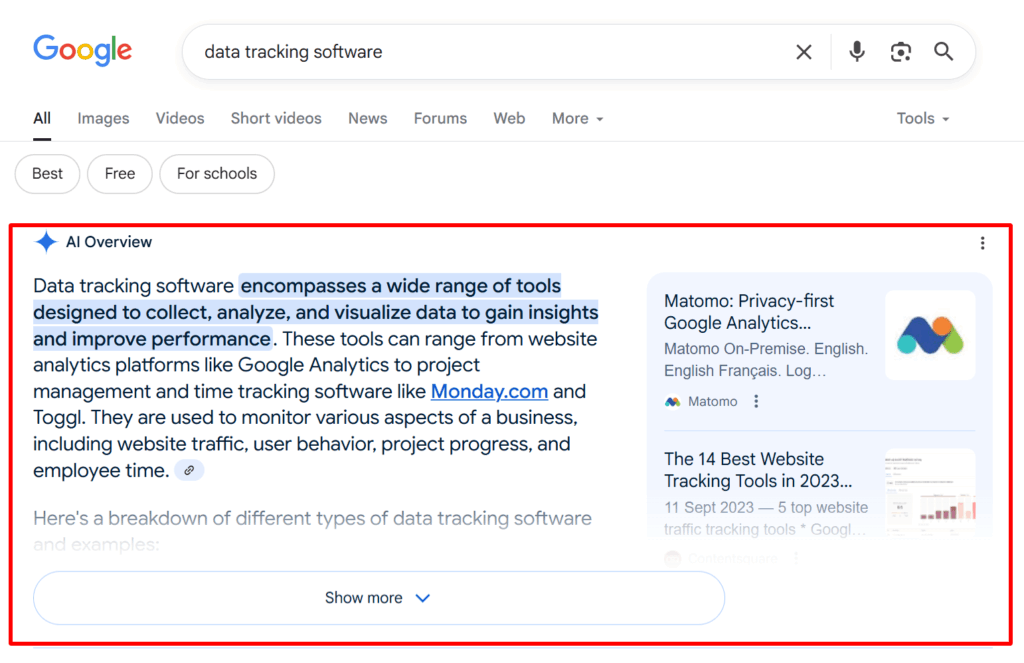
(Image from Ioana)
You can capitalize on this by using Generative Engine Optimization (GEO) and Answer Engine Optimization (AEO) best practices. GEO focuses on structuring your content so AI can read it, understand it, and quote it. Without it, you’re essentially invisible in a growing part of search.
(More on how to take advantage of GEO below.)
Here are the core trends affecting SEO content production now, so you can start making changes. 👇
First, let’s define GEO vs SEO. GEO is basically SEO for AI-powered generative engines like ChatGPT and Perplexity. You create content that’s easy for the AI to lift and use while still being valuable to a human.
Practical examples include:
For instance, your software review might include a comparison table showing features, pricing, and user ratings. An AI can grab that data right away, while your reader gets quick, useful insight without digging.
A great way to cater to search intent!
Search engines and answer engines want proof, proof of your experience, expertise, and authority, so they can confidently tell users to trust your website and blog posts.
You can provide this proof by including client results, original research, or personal experience in your content. For example, if you’re writing about SEO audits, show screenshots from one you’ve run. And link to respected studies or industry data to back up your claims.
These signals can help with keyword rankings AND win the reader’s trust, which is the real goal. (Aligning content with E-E-A-T is actually one of the top priorities for SEO professionals worldwide. Source: Statista)
Google’s Core Web Vitals update is now even more focused on user experience. It measures how quickly your page loads, how interactive it feels, and how well it works on mobile.
If your site takes too long to load, you’ll lose visitors. Search engines will notice and push you down in the results.
You can fix this with tools like Google PageSpeed Insights. (It might suggest things like compressing images, cutting down on code, or upgrading your hosting.) Choosing the right hosting matters. While cheap web hosting can be budget-friendly, ensure it doesn’t compromise on speed, security, or uptime if you want to perform well in search results.
➜ The smoother the customer experience, the more likely people are to stay, click, and convert, so take this seriously.
More searches now end before anyone clicks a link. The answer appears in a snippet, panel, or AI box.
To show up here, you need to give short, direct answers — then expand for those who want more. If someone searches for “best time to post on Instagram,” you might start with, “The best time to post on Instagram is Tuesday at 9 am.”
Then explain why that works and how to test the timing for different audiences. (This format serves both impatient searchers and those who want depth, so it’s a win-win strategy.)
Voice search changes how people phrase questions. They speak in complete thoughts when using a voice tool, instead of quick keywords.
To match this, include conversational headings and sentences in your content. Instead of “SEO tips 2025,” you could write “What are the best SEO tips for 2025?” to capture both typed and spoken searches.
*Pro-Tip: If you want to see what people actually ask, use tools like AnswerThePublic.
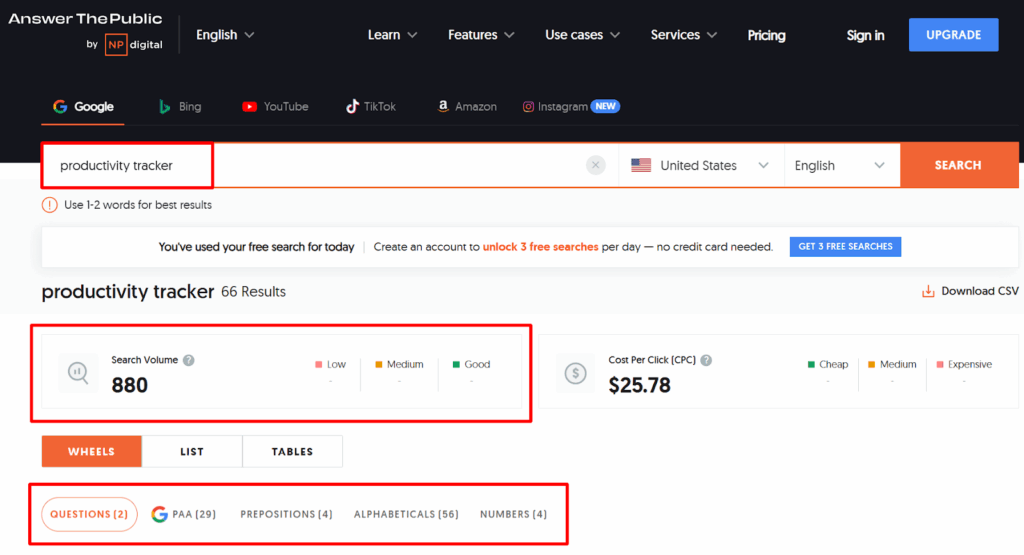
Videos often get top billing in search, especially for how-to topics. (They’re also more likely to get shared, which means more organic traffic.) Try using short videos on your social media to share quick tips. Longer videos work better for deep tutorials.
➜ Be sure to optimize titles, meta descriptions, and captions, too, so search engines understand the content.
For example, you might include a demo video of your dashboard alongside detailed product specs. This helps both AI and your buyers quickly grasp your key features without having to dig through pages.
If your audience is tied to a place, make sure your content is, too. Use local target keywords and solve location-specific problems.
For example, a roof replacement company in California could write, “How to protect your roof from a California storm.” It’s specific, helpful, and targets the keyword “California storm” — the sweet spot for local SEO.

(Image Source: Provided by the Author)
Schema markup is like a translator between your site and search engines. It labels your content so search engines know exactly what it is.
For example:
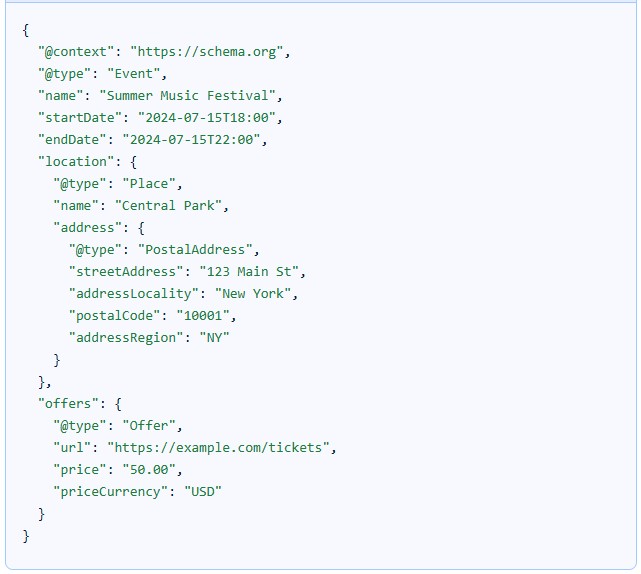

You get the idea.
Google’s Structured Data Markup Helper can help you generate the right structured data for your website and content.
Google now treats the mobile version of your site as the main version. If your mobile site is slow or messy, user experience tanks, and your rankings can drop.
Always start with mobile-first design, and make sure your design adapts to any screen size. Test this on multiple devices. (Consider using AMP for even faster mobile loading.)
Data privacy laws are tightening, and compliance is part of SEO now. If people can’t trust you with their data, they may not trust your content either. Be clear about what you collect, how you use it, and how they can opt out.
This can strengthen your brand reputation score while keeping you on the right side of the law.
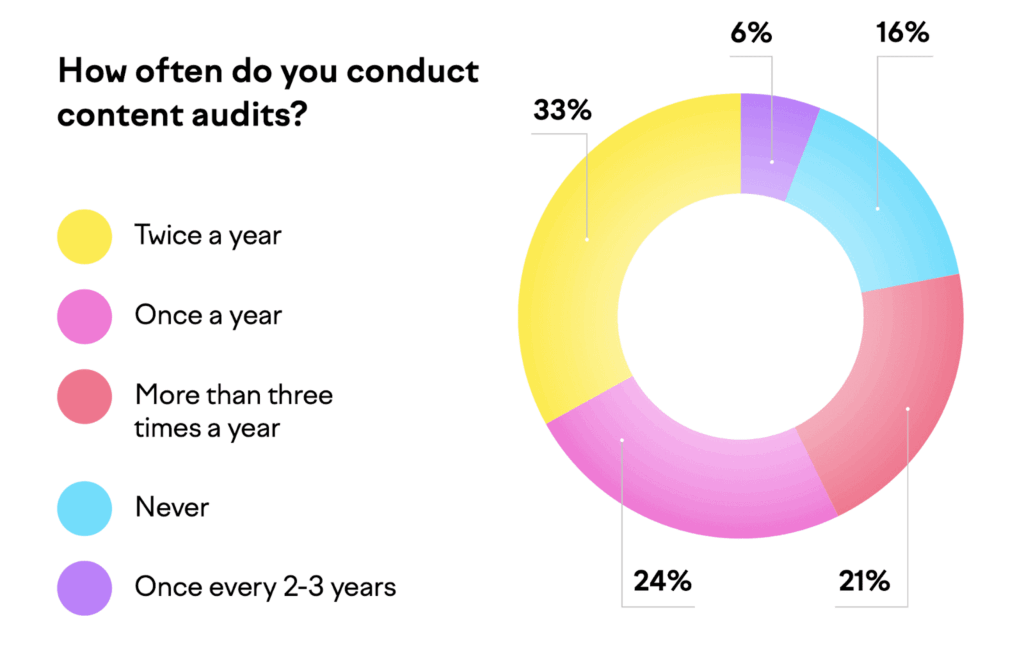
The hard truth is, if you keep using old playbooks, you’ll slip in rankings while others climb.
When you adopt these practices early, you can build authority and visibility before the competition catches up. Your content can work harder, attract better traffic, and deliver more over time.
Your best bet is to choose strategies that fit your audience and double down on them. We created an action plan you can save, print, and forward to your team below, so you can start now. 👇
Here’s what you and your team can start doing to get ahead of SEO:
If you’re writing a “Top 10 Tools” article, number each section and use consistent formatting for tool names, descriptions, and benefits.
If you answer common industry questions, add FAQ schema so your answers expand directly in search without extra clicks.

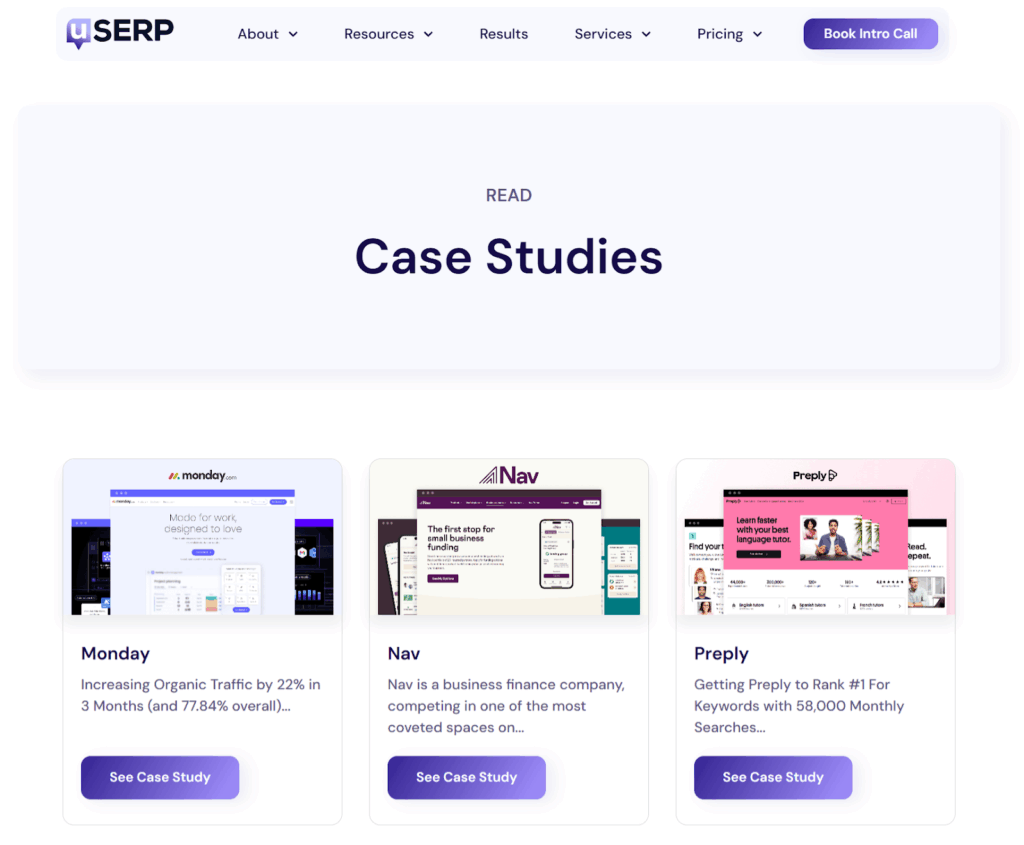
SEO content production in 2025 requires more skill, structure, and authenticity. You can’t game the system …
You need to create content that serves both the search engine and the searcher.
The advantage goes to those who act now. Build for GEO, prove your expertise, focus on user experience, and stay transparent. Keep watching trends, testing your ideas, and refining your approach. Search will keep changing — and if you stay ready, you’ll keep winning.
Need support? Book a free call with uSERP to discuss SEO content strategy.
For more information about boosting content production in-house, check out Wordable’s one-click solution.
What is SEO in marketing?
SEO in marketing is how you optimize your site to rank higher in search and attract organic visitors.
How does SEO work?
SEO works by helping you improve site quality, keyword targeting, and authority so you match search engine and user needs.
Why is SEO important for businesses?
SEO is important for businesses because it brings in targeted traffic, builds trust, and can lead to more sales.
What are the types of SEO?
The types of SEO include on-page, off-page, and technical SEO.
How long does it take to see results?
It usually takes three to six months to see SEO results, depending on competition and execution.
What is a featured snippet?
A featured snippet is a short answer box at the top of search results.
How can I improve my SEO?
You can improve SEO by creating valuable content, optimizing for mobile, speeding up your site, and earning quality backlinks. Be sure to also cater to AI search by targeting long tail keywords.